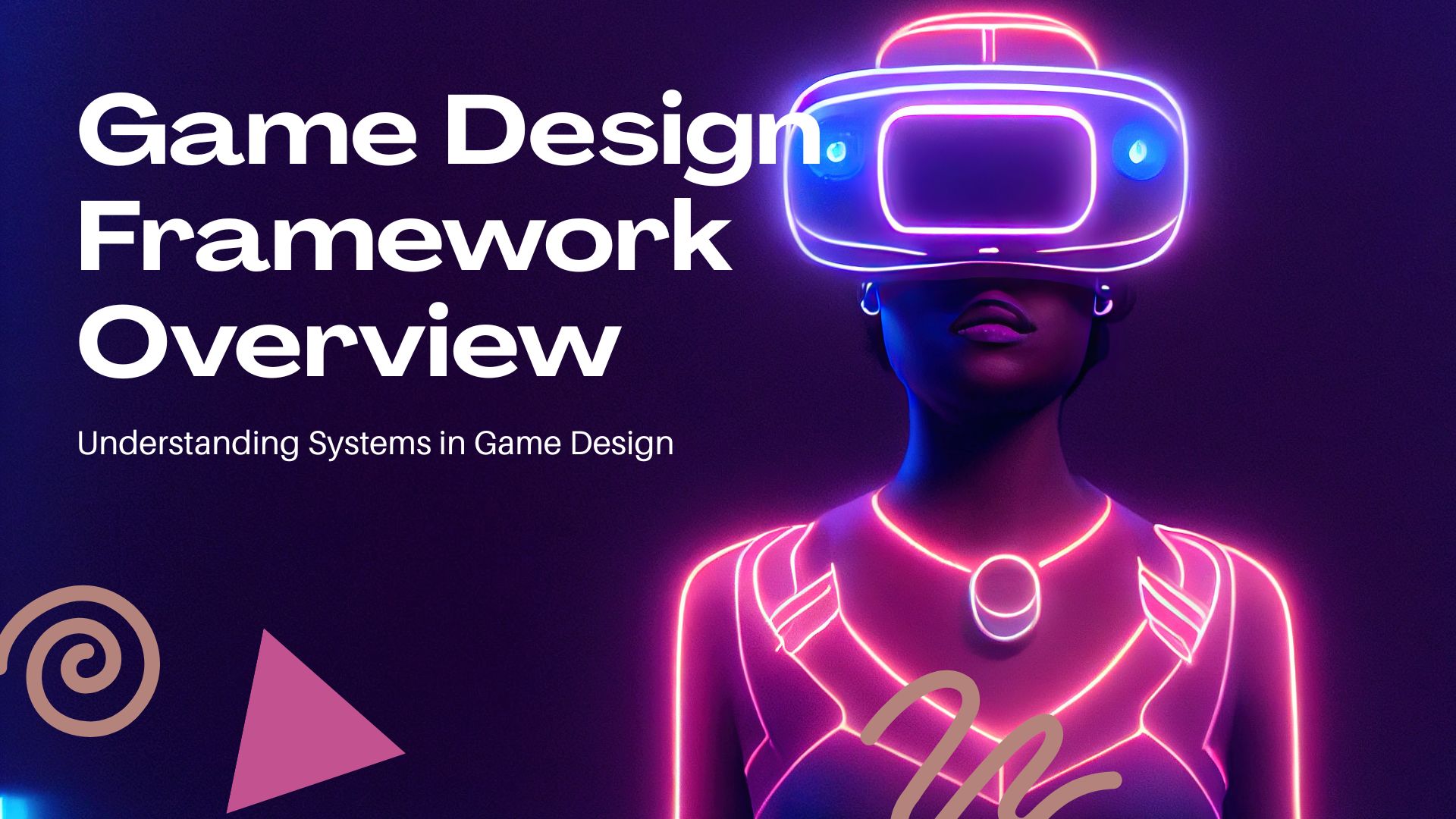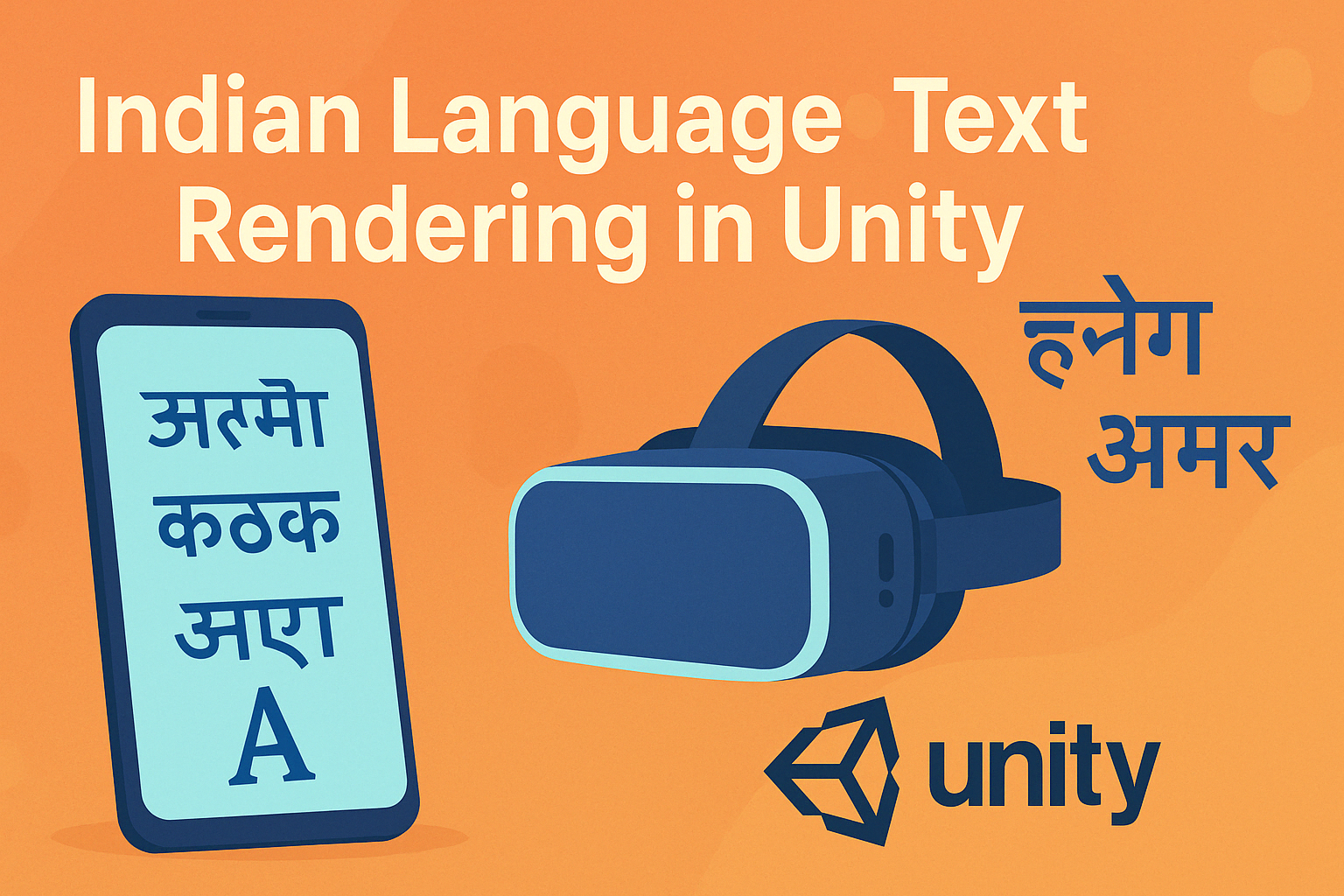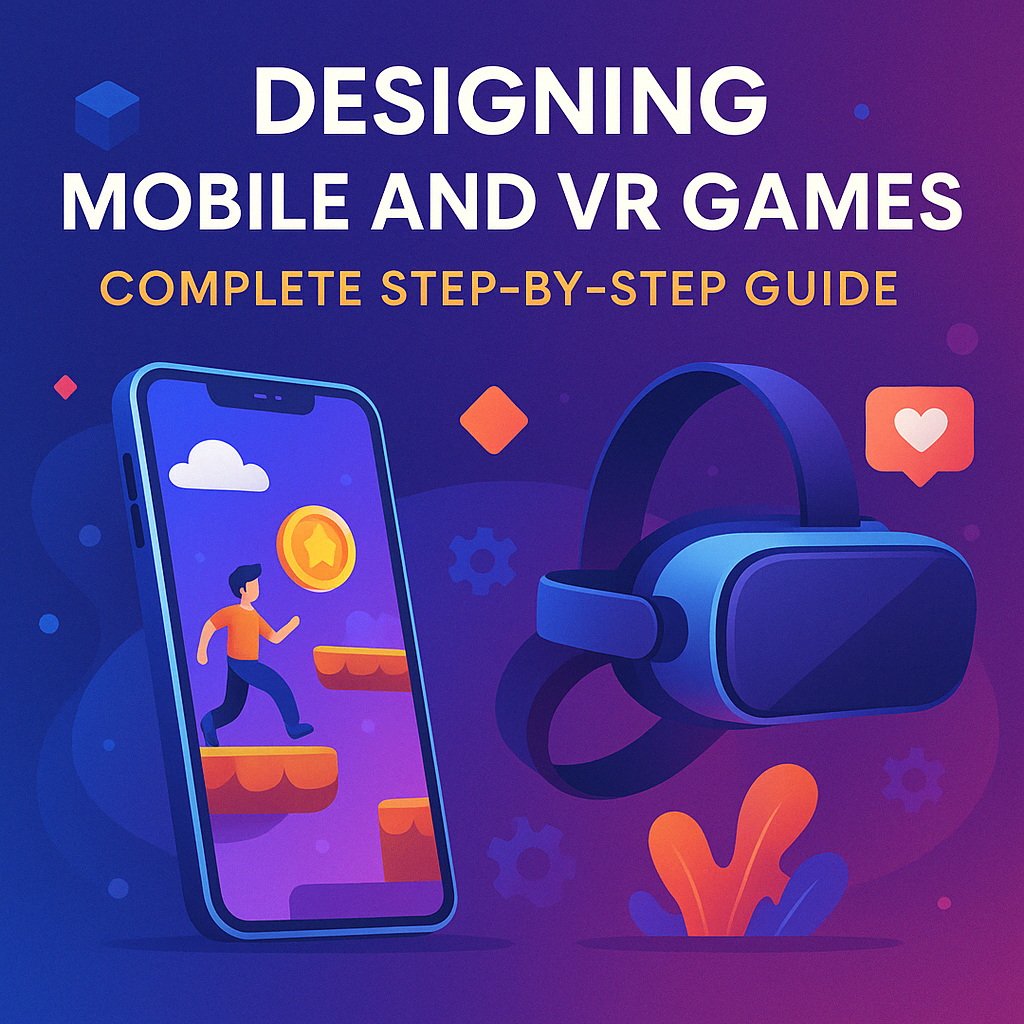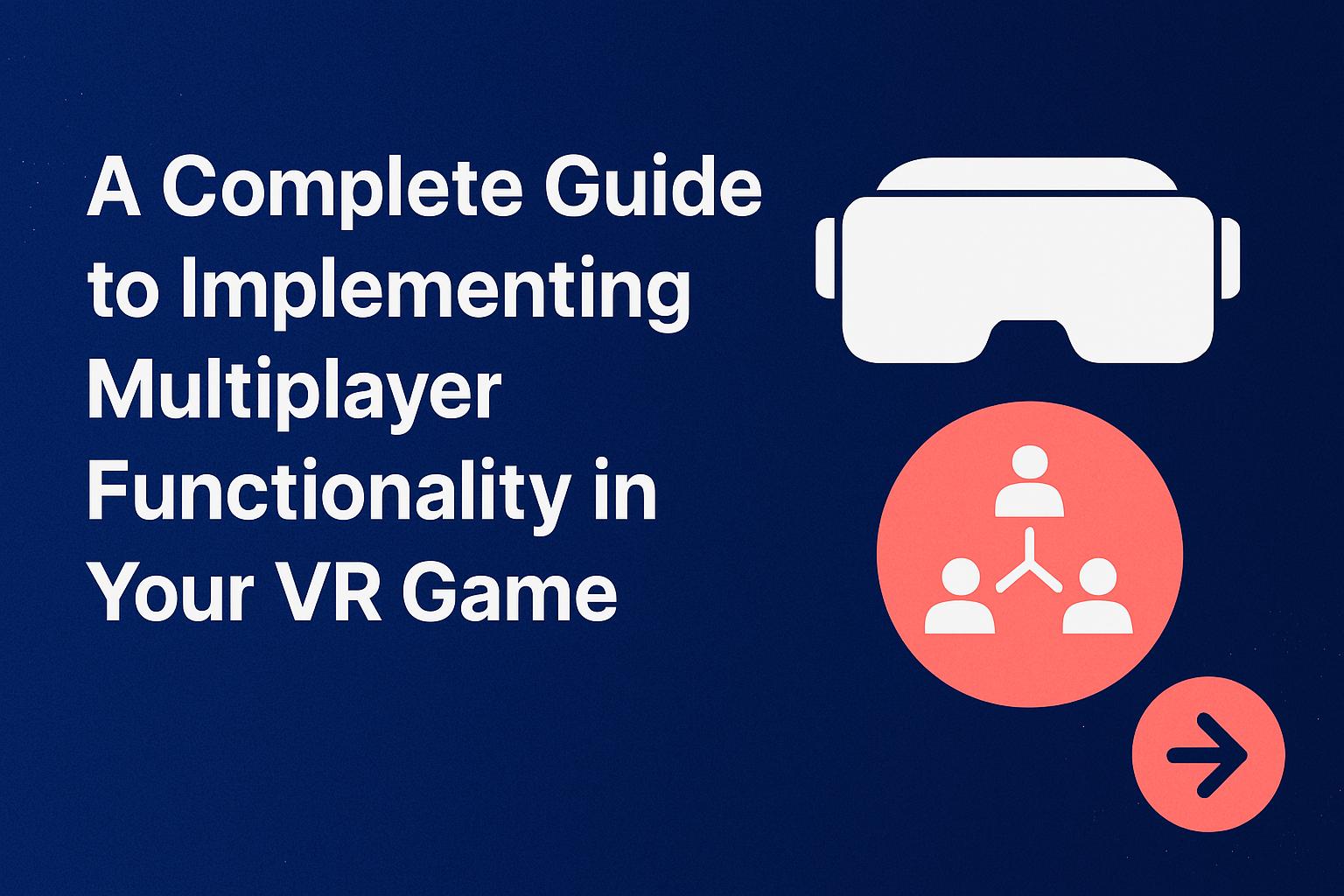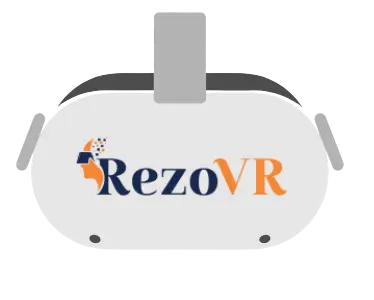Introduction to the VR Gaming Zone Business
Virtual Reality is no longer just a buzzword—it’s a booming industry. VR gaming zones, or VR arcades, are becoming hotspots for entertainment across malls, city centers, and event spaces. These immersive zones offer players a taste of cutting-edge technology while providing entrepreneurs with a high-potential business model.
However, launching a VR gaming zone isn’t as simple as buying a few headsets and renting a room. From choosing the right technology to estimating the VR gaming zone setup cost, many hidden factors can affect your success. Many entrepreneurs make costly errors early on that cripple their business before it truly begins. Let’s explore the top mistakes to avoid when launching a VR gaming zone, so you can build a thriving, future-proof entertainment hub.
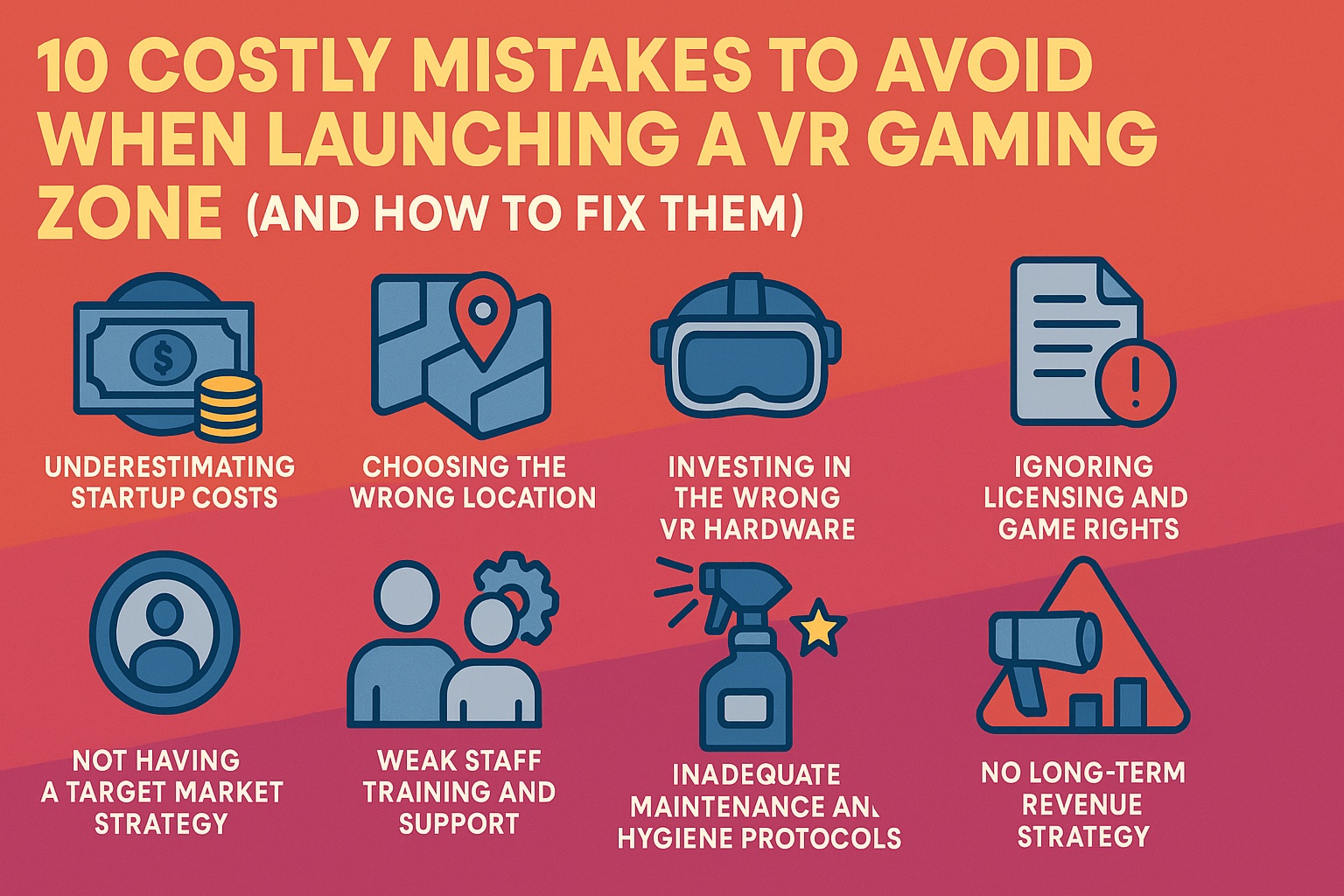

Mistake #1 – Underestimating Startup Costs
Many new VR zone owners overlook the full range of expenses involved. Beyond the cost of VR headsets (like Meta Quest 3 or HTC Vive Pro), you’ll need to budget for:
- Gaming PCs (if using tethered VR systems)
- Software licensing fees
- Commercial real estate rent
- Renovation and interior design
- Furniture, lockers, cooling, and ventilation
- Staffing and training
- Insurance and business registration
Fix It: Draft a detailed business plan that includes fixed and variable costs, emergency funds, and a 12-month runway.
Mistake #2 – Choosing the Wrong Location
No matter how exciting your VR setup is, it won’t matter if your location doesn’t attract foot traffic. Hidden venues, poor signage, or inaccessible layouts can drive your business into obscurity.
Fix It: Opt for high-traffic locations like malls, amusement parks, or near multiplex cinemas. Choose a space with good visibility and enough square footage to support your VR setup safely.
Mistake #3 – Investing in the Wrong VR Hardware
Buying cheap or incompatible hardware to cut costs will only result in customer dissatisfaction and frequent breakdowns.
Fix It: Invest in scalable systems like Oculus Quest with PC-link capabilities, or commercial-grade solutions like Virtuix Omni or Kat Walk C for motion platforms. Always consider future software compatibility and warranty support.
Mistake #4 – Ignoring Licensing and Game Rights
Running popular VR games like Beat Saber or Arizona Sunshine in a commercial space requires a commercial license, not just a personal Steam key.
Fix It: Work with licensed arcade software providers like SpringboardVR, Synthesis VR, or Private Label VR that offer legal access to a library of commercial-ready VR titles.
Mistake #5 – Poor User Experience and Design
VR gaming can be disorienting for first-timers. Without a clear onboarding process or thoughtful space layout, users may feel confused or unsafe.
Fix It: Provide a tutorial area, pre-game instruction videos, and staff-guided setup. Ensure each play zone has enough physical space, padded walls, and anti-slip flooring.
Mistake #6 – Not Having a Target Market Strategy
Trying to cater to everyone often leads to marketing confusion. Are you targeting teenagers, families, corporate team-building events, or esports players?
Fix It: Create customer personas and tailor your packages, marketing, and game selection accordingly.
Mistake #7 – Weak Staff Training and Support
Poorly trained staff can lead to headset damage, longer wait times, and bad reviews.
Fix It: Train employees on headset setup, troubleshooting, customer service, and cleaning protocols. Have a manager who understands VR software and networking.
Mistake #8 – Neglecting Maintenance and Hygiene Protocols
VR headsets get sweaty and dirty—fast. Lack of cleanliness can lead to customer complaints or even health issues.
Fix It: Sanitize headsets after every session using alcohol-free wipes. Invest in UV light boxes or replaceable face cushions. Keep a log for daily maintenance tasks.
Mistake #9 – Inadequate Marketing and Promotion
Relying only on walk-ins or word-of-mouth won’t cut it. You need a strong marketing push both online and offline.
Fix It: Use Google My Business, local SEO, event tie-ins, Facebook ads, and influencer marketing. Offer free trials or limited-time discounts to drive initial traffic.
Mistake #10 – No Long-Term Revenue Strategy
You can’t rely on one-off customers forever. Sustainable revenue comes from repeat business and bulk bookings.
Fix It: Offer memberships, loyalty points, party packages, and special deals for schools or companies. Expand into esports tournaments or themed VR nights.
Frequently Asked Questions (FAQs)
Q1: How much does it cost to open a VR gaming zone?
A1: Startup costs typically range from $20,000 to $150,000 depending on location, equipment, and branding.
Q2: Do I need a license to run VR games commercially?
A2: Yes, you need a commercial license. You can’t use personal game copies in public business settings.
Q3: What is the best VR headset for arcades?
A3: Meta Quest 3 and HTC Vive Pro 2 are popular for flexibility and commercial support.
Q4: How can I attract customers to my VR gaming zone?
A4: Leverage local SEO, host events, run ads, and offer referral discounts or memberships.
Q5: What’s the ideal space size for a VR gaming zone?
A5: A minimum of 100–150 sq. ft per play area is recommended for movement and safety.
Q6: How do I keep VR headsets clean?
A6: Use hypoallergenic wipes after every use, and consider disposable or washable facial interfaces.
Conclusion: Launch Smarter, Grow Faster
Opening a VR gaming zone is an exciting venture with huge potential—but only if you approach it strategically. By avoiding these common pitfalls, you’ll be better prepared to create a thriving, immersive business that entertains, excites, and earns.


